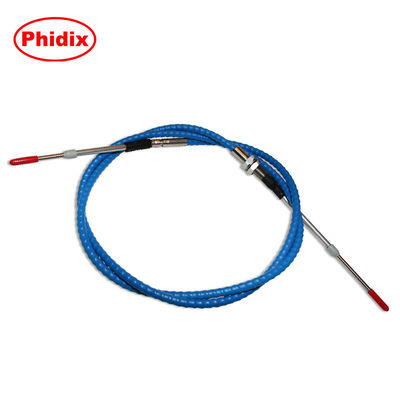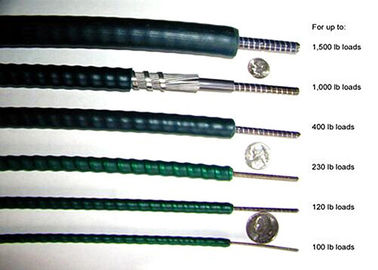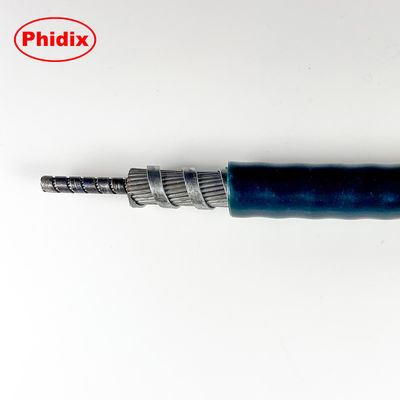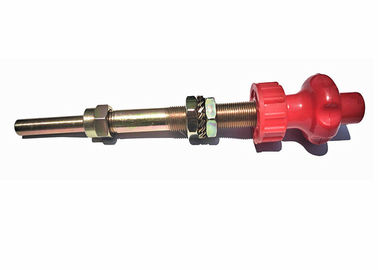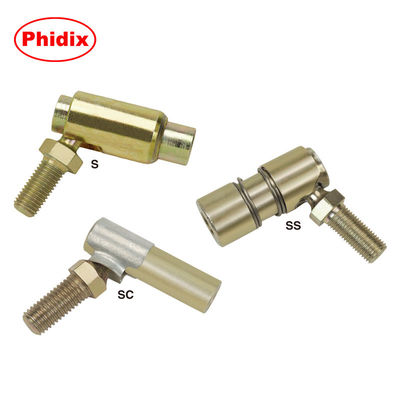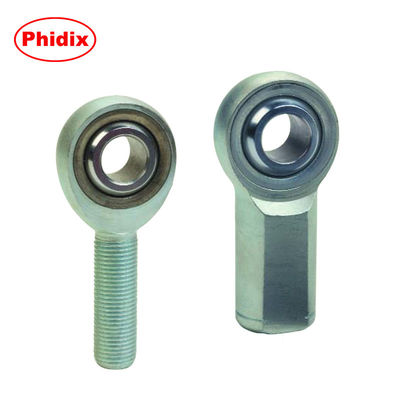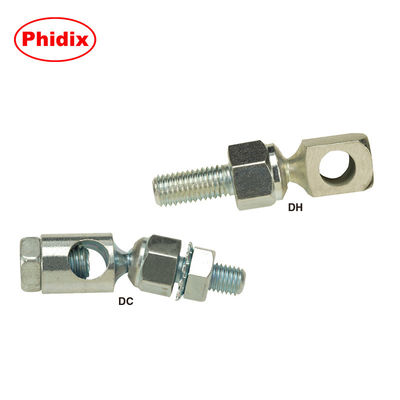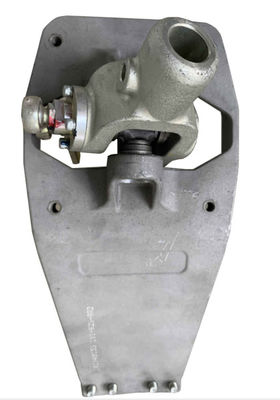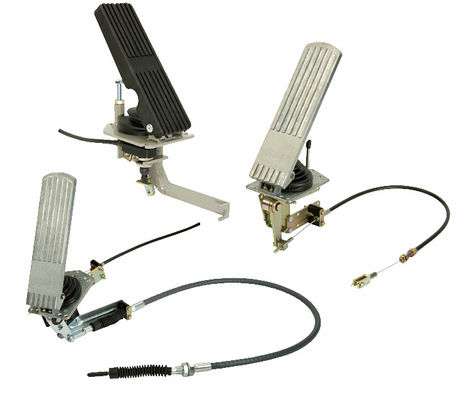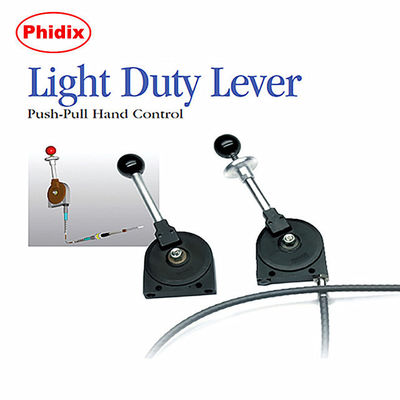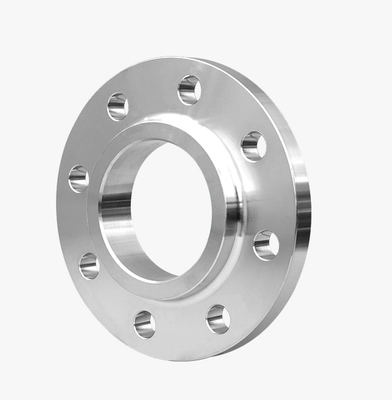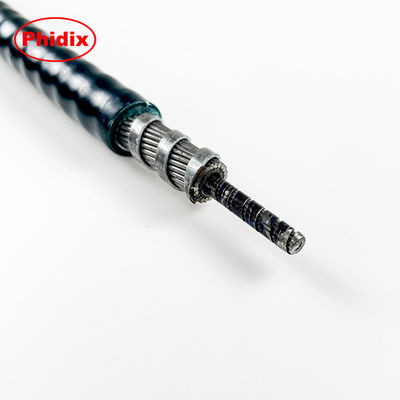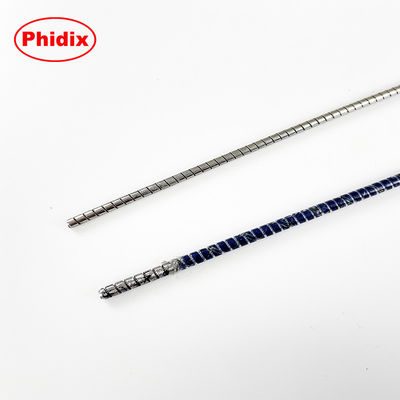1- Fadiga de roteamento apertado.
O que acontece:
A flexão repetida sob raios apertados enfraquece os filamentos externos nos núcleos de corda de arame, especialmente nas configurações 7x7 ou 7x19.
Prevenção:
• Siga as orientações relativas ao raio de curva mínimo (D/d ≥ 15:1 recomendado)
• Utilize o roteamento guiado por poleia sempre que possível
•Selecionar núcleos mais flexíveis para caminhos dinâmicos;evitar cantos afiados
Referência: Guia de conceção de cabos Flexível secção de encaminhamento de cabos
2Deformação por sobrecarga
O que acontece:
A ação do tipo push com força de compressão excessiva pode causar dobragem ou torção do núcleo, especialmente em núcleos 1x7 e 1x19.
Prevenção:
• Escolha núcleo sólido ou de diâmetro maior 1x19 para longas distâncias de empurrão
• Compare a distância de curso com o projeto de roteamento
• Adicionar revestimento interno para reduzir o atrito do núcleo
Usar métodos de prova de carga de acordo com o Guia de Segurança da CMA para validar a rigidez do cabo
3. Afrouxamento ou desarranjo do núcleo
O que acontece:
Os núcleos de fio mal tensos ou sobreflexionados podem torcer, criando separação de filamentos ou "gaiolas de pássaros".
Prevenção:
• Utilize estruturas de filamentos pré-formadas (por exemplo, 7x7 pré-formadas)
• Seguir os procedimentos corretos de tensão de prova de carga
• Evite aparar o campo sem terminar novamente
4. Sobreaquecimento induzido por atrito
O que acontece:
Os núcleos de arame não revestidos em caixas longas com ação frequente podem gerar calor por atrito, danificando revestimentos ou agarrando o sistema.
Prevenção:
• Utilize fios internos revestidos de PTFE (por exemplo, 1x19 ou 7x7)
• Lubrifique periodicamente ou selecione revestimentos com lubrificante
• Evite caminhos muito apertados
A Phidix oferece opções lubrificadas em fábrica e extrusão de PTFE para superfícies de núcleo.
5. Corrosão e bloqueio à base de ferrugem
O que acontece:
Os núcleos de aço inoxidável expostos a ambientes marinhos ou químicos podem ainda corroer sem a qualidade adequada do material ou revestimentos.
Prevenção:
• Utilize núcleos de aço inoxidável SUS 316L ou de qualidade naval
• Evite retirar o colete protetor de PTFE durante a instalação
• Guarde os cabos em recipientes secos e selados antes de montá-los
Considerações dos Especialistas em Design
De acordo com o Guia de Segurança da CMA e o Guia de Design de Controle de Movimento da Cablecraft,garantir que a corda de arame nunca seja carregada acima de 80% da sua resistência mínima à quebra é fundamental para prevenir falhas do núcleo.
Na Phidix, os nossos produtos de núcleo de fio interno são fabricados sob o sistema de gestão da qualidade IATF 16949 que garante um controlo rigoroso do processo, propriedades de tração consistentes,e rastreabilidade do material até à inspecção finalIsto garante não só a conformidade técnica, mas também a segurança e o desempenho no mundo real em aplicações de controlo mecânico exigentes.
Páginas relacionadas
•Guia de estrutura do núcleo do fio interno
•Capacidades de fabrico e qualidade
Precisa de ajuda para resolver problemas?
Envie-nos fotos ou especificações do sistema, e os nossos engenheiros diagnosticarão o modo de falha e recomendarão uma configuração do núcleo interno compatível, juntamente com desenhos ou amostras, se necessário.

 Por favor verifique seu email!
Por favor verifique seu email! Por favor verifique seu email!
Por favor verifique seu email!  Por favor verifique seu email!
Por favor verifique seu email! Por favor verifique seu email!
Por favor verifique seu email! 
